Spider plants, pothos, and peace lilies can be planted together. They have similar light and water requirements.
House plants bring life and vibrancy to any indoor space. Combining different types in one pot creates a visually appealing display. Spider plants, pothos, and peace lilies thrive together due to their common needs. Each plant requires moderate light and regular watering, making them easy to care for.
Arranging them together can also help optimize space and create a lush, green environment. Their varied textures and colors add depth and interest. Whether you are new to houseplants or an experienced gardener, these combinations offer an easy and attractive solution for indoor gardening. Enjoy the benefits of a beautiful and harmonious plant arrangement.
Benefits Of Grouping House Plants
Grouping house plants together offers many benefits. It enhances the look of your home and creates a healthier environment for your plants. Let’s explore these advantages in detail.
Improved Aesthetics
When you place house plants together, they create a stunning visual display. The variety of colors, shapes, and sizes can make any room look lively and inviting. Grouping plants of different heights adds depth to your space. You can also mix plants with different leaf textures for added visual interest.
Here are some plant combinations for improved aesthetics:
- Snake Plant with Spider Plant
- Pothos with Philodendron
- Fiddle Leaf Fig with ZZ Plant
Enhanced Microclimate
Grouping house plants can improve the microclimate of your home. Plants release moisture into the air, increasing humidity. This is especially beneficial in dry climates or during winter months.
When plants are grouped, they create a shared environment. This can help regulate temperature and reduce the need for frequent watering. Plants like ferns and peace lilies thrive in these conditions.
Here is a table showing plants that work well together for an enhanced microclimate:
| Plant | Companion Plant |
|---|---|
| Peace Lily | Fern |
| Calathea | Philodendron |
| English Ivy | Pothos |
These combinations create a balanced and healthy environment for your plants. Grouping house plants can make your home beautiful and improve plant health.
Factors To Consider
Choosing the right house plants to plant together can be a fun activity. It’s important to consider several factors to ensure they thrive. This section will guide you through the most crucial factors to consider.
Light Requirements
Some plants need lots of sunlight, while others do not. Group plants with similar light needs together. For example, succulents and cacti love bright light. On the other hand, ferns and snake plants prefer low light. Placing plants with different light needs together can harm their growth.
Watering Needs
Watering needs vary greatly among different plants. Some need frequent watering, others do not. For instance, pothos and peace lilies enjoy more water. Meanwhile, succulents and aloe vera need less water. Keeping plants with similar watering needs together helps maintain a consistent care routine.
Humidity Levels
Humidity is another important factor. Some plants need high humidity to grow well. Ferns and calatheas thrive in high humidity. On the contrary, cacti and succulents prefer dry air. Grouping plants with similar humidity needs ensures they remain healthy.
| Plant Type | Light Requirements | Watering Needs | Humidity Levels |
|---|---|---|---|
| Succulents | Bright Light | Low | Low |
| Ferns | Low Light | High | High |
| Peace Lilies | Medium Light | High | Medium |
Companion Planting Basics
Companion planting involves growing different plants together. This method helps plants thrive. It maximizes space and boosts plant health. Some plants grow better together due to their natural relationships. Let’s explore how to pair house plants effectively.
Symbiotic Relationships
Plants often benefit from symbiotic relationships. These relationships help plants support each other. For example, some plants improve soil for their neighbors. Others repel pests that harm their companions.
- Spider Plant and Pothos: These plants clean the air together.
- Peace Lily and Areca Palm: They help each other grow healthier.
- Aloe Vera and Snake Plant: Both need similar light and care.
Avoiding Competition
To avoid competition, pair plants with different needs. This ensures each plant gets enough resources. Plants that need the same nutrients can struggle together.
| Low Light Plants | High Light Plants |
|---|---|
| ZZ Plant | Succulents |
| Philodendron | Fiddle Leaf Fig |
| Snake Plant | Rubber Plant |
By choosing plants wisely, you can create a thriving indoor garden. Match plants with different light and water needs. This way, they won’t compete for the same resources.
- Choose plants with different nutrient needs.
- Pair plants with similar care requirements.
- Avoid placing aggressive growers together.
Popular House Plant Combinations
Finding the right house plants to group together can enhance your indoor garden. Popular house plant combinations not only look beautiful but also thrive when paired correctly. Let’s explore some fantastic plant combinations that will brighten your home and make plant care easier.
Succulents And Cacti
Succulents and cacti are perfect partners. Both love bright light and dry conditions. Here are some combinations you can try:
- Echeveria and Haworthia
- Aloe Vera and Jade Plant
- Barrel Cactus and Ponytail Palm
Plant them in a well-draining soil mix. Use a pot with drainage holes to prevent waterlogging. These plants need very little water and thrive in sunny spots.
Ferns And Palms
Combining ferns and palms creates a lush, tropical vibe. These plants prefer indirect light and consistent moisture. Here are some excellent pairings:
- Boston Fern and Parlor Palm
- Bird’s Nest Fern and Areca Palm
- Maidenhair Fern and Kentia Palm
Use a rich, organic potting mix for these plants. Keep the soil moist but not soggy. Mist the leaves regularly to maintain humidity.
Herbs And Vegetables
Growing herbs and vegetables together can be both decorative and practical. These plants thrive with plenty of light and regular watering. Some great combinations include:
- Tomatoes and Basil
- Parsley and Chives
- Mint and Oregano
Plant them in a nutrient-rich potting mix. Ensure they receive at least six hours of sunlight daily. Harvest herbs and vegetables regularly to encourage growth.
Creating Themed Plant Groups
Creating themed plant groups can transform your home into a green paradise. Grouping house plants by theme not only looks stunning but also ensures similar care needs. Here, we explore three exciting themes: Tropical Jungle, Desert Oasis, and Edible Garden.
Tropical Jungle
A Tropical Jungle theme brings lush, green vibes to any space. This theme is perfect for those who love vibrant, dense foliage. Here are some plants that can thrive together in this theme:
- Monstera Deliciosa – Known for its large, split leaves.
- Bird of Paradise – Adds a touch of exotic flowers.
- Philodendron – Versatile and easy to care for.
- Fiddle Leaf Fig – Tall and sculptural plant.
- Calathea – Offers stunning patterned leaves.
These plants enjoy high humidity and indirect light. Place them near windows with filtered sunlight. Mist their leaves regularly to mimic a tropical environment.
Desert Oasis
A Desert Oasis theme suits those who prefer low-maintenance plants. These plants thrive in bright, direct sunlight and require minimal watering. Here’s a list of perfect companions for this theme:
- Succulents – Low water needs and diverse shapes.
- Cacti – Iconic desert plants with unique forms.
- Aloe Vera – Adds greenery and has medicinal uses.
- Agave – Striking rosette shape and hardy nature.
- Jade Plant – Known for its thick, glossy leaves.
These plants thrive in sandy soil and need good drainage. Use terra cotta pots to help absorb excess moisture.
Edible Garden
An Edible Garden brings fresh herbs and veggies indoors. This theme is perfect for those who love cooking with fresh ingredients. Here are some plants that can grow well together:
- Basil – A versatile herb with a sweet aroma.
- Mint – Refreshing and easy to grow.
- Thyme – Adds a woody flavor to dishes.
- Cherry Tomatoes – Compact and productive.
- Chives – Mild onion flavor and easy to snip.
These plants need plenty of sunlight and well-drained soil. Place them on a sunny windowsill and water them consistently.

Credit: m.youtube.com
Common Mistakes To Avoid
Planting house plants together can create a beautiful indoor garden. But, there are common mistakes to avoid. Avoiding these mistakes ensures your plants grow healthy and strong.
Overcrowding
Overcrowding is a common mistake when planting house plants together. Plants need space to grow. Crowded plants compete for nutrients, water, and light. This can stunt their growth.
Use a larger pot if planting multiple plants together. Ensure each plant has enough room to spread its roots. Here is a simple table to help you:
| Plant Type | Recommended Space |
|---|---|
| Succulents | 2-3 inches apart |
| Ferns | 4-6 inches apart |
| Herbs | 3-4 inches apart |
Mixing Incompatible Plants
Mixing incompatible plants can harm their growth. Some plants need more sunlight, while others prefer shade. Some plants need frequent watering, while others need less.
Avoid planting plants with different needs together. For example:
- Aloe Vera prefers dry soil. Ferns need moist soil.
- Cacti need lots of sunlight. Peace Lilies prefer shade.
Grouping plants with similar needs ensures they thrive. Here are some compatible plant pairs:
- Spider Plant and Pothos (both need indirect light)
- Snake Plant and ZZ Plant (both are drought-tolerant)
Choosing compatible plants helps create a harmonious indoor garden.
Care Tips For Grouped Plants
Grouping house plants together can create a beautiful and harmonious indoor garden. However, caring for these grouped plants requires special attention to ensure they thrive together. Below are essential tips for maintaining healthy grouped plants.
Unified Watering Schedule
Different plants have varying water needs, but some can share a similar watering schedule. Group plants with similar moisture requirements to avoid over or under-watering.
| Plant Type | Watering Frequency |
|---|---|
| Succulents | Once every two weeks |
| Ferns | Twice a week |
| Peace Lilies | Once a week |
Use a moisture meter to check soil moisture levels. Water all plants in the group at the same time to create a unified schedule.
Routine Pest Checks
Grouped plants can attract pests more easily. Regular pest checks are crucial for healthy plants. Inspect leaves and stems for signs of pests.
- Look for yellowing leaves.
- Check for sticky residue on leaves.
- Examine soil for tiny insects.
Use natural pest control methods like neem oil or insecticidal soap. Keep plants clean and free from dust to prevent pest infestations.
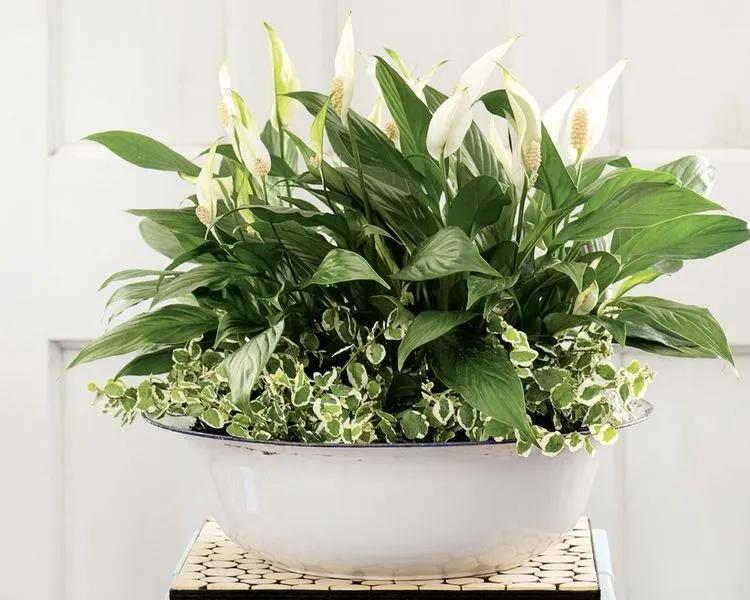
Credit: myplantin.com
Decorative Ideas
Houseplants add life to any room. Combining different plants enhances your home’s décor. Creative arrangements can make your space more inviting. Below are some decorative ideas for planting house plants together.
Using Plant Stands
Plant stands elevate your greenery, creating visual interest. They come in various sizes and styles. You can mix and match different plants on one stand.
- Succulents and cacti look great together.
- Pair ferns with ivy for a lush look.
- Use tiered stands for a cascading effect.
Plant stands also save floor space. Choose stands that match your home decor.
Hanging Arrangements
Hanging plants add a unique touch. They draw the eye upward. This can make a room feel larger.
- Use macramé hangers for a boho vibe.
- Combine spider plants with philodendrons.
- Hang pothos and let them trail down.
Hanging arrangements keep plants away from pets and children. They also utilize vertical space effectively.
Terrariums
Terrariums are mini gardens inside glass containers. They are perfect for small spaces. You can create stunning displays with them.
| Plants | Compatibility |
|---|---|
| Moss and ferns | High moisture |
| Cacti and succulents | Low moisture |
Layering is key in terrariums. Use rocks, charcoal, soil, then plants. This helps with drainage and plant health.
:strip_icc()/Combining-Houseplants-127ca764e9c0484ba2cc75068733e694.jpg)
Credit: www.bhg.com
Frequently Asked Questions
Which Indoor Plants Go Well Together?
Spider Plant, Pothos, and Snake Plant thrive well together. Peace Lily and ZZ Plant also make a great pair. Combine Aloe Vera and Jade Plant for a vibrant mix.
Can You Plant Multiple House Plants Together?
Yes, you can plant multiple house plants together. Ensure they have similar light, water, and soil needs for optimal growth.
Do Houseplants Like To Be Grouped Together?
Yes, houseplants often thrive when grouped together. Grouping creates a humid microenvironment, beneficial for plant health.
How Do You Group Indoor Plants Together?
Group indoor plants by light needs, size, and watering frequency. Arrange taller plants at the back. Use varying heights.
Conclusion
Combining house plants can enhance your indoor space. Choose plants with similar light and water needs. This ensures healthy growth. Experiment with different combinations to find the perfect match. Happy planting!

My mission is to help you bring the beauty of nature indoors with expert advice, detailed plant care guides, and creative design ideas.

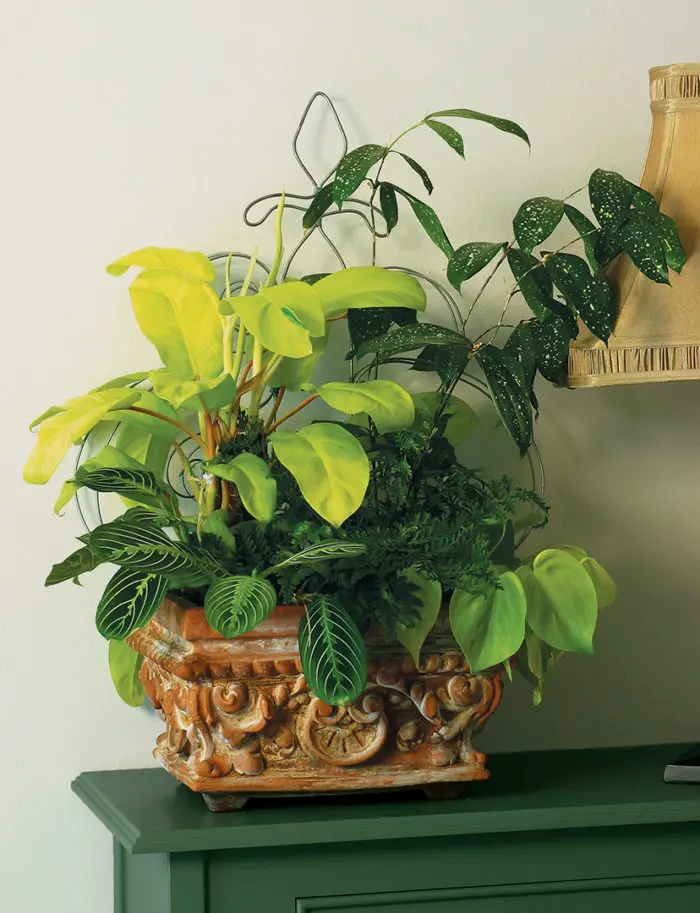
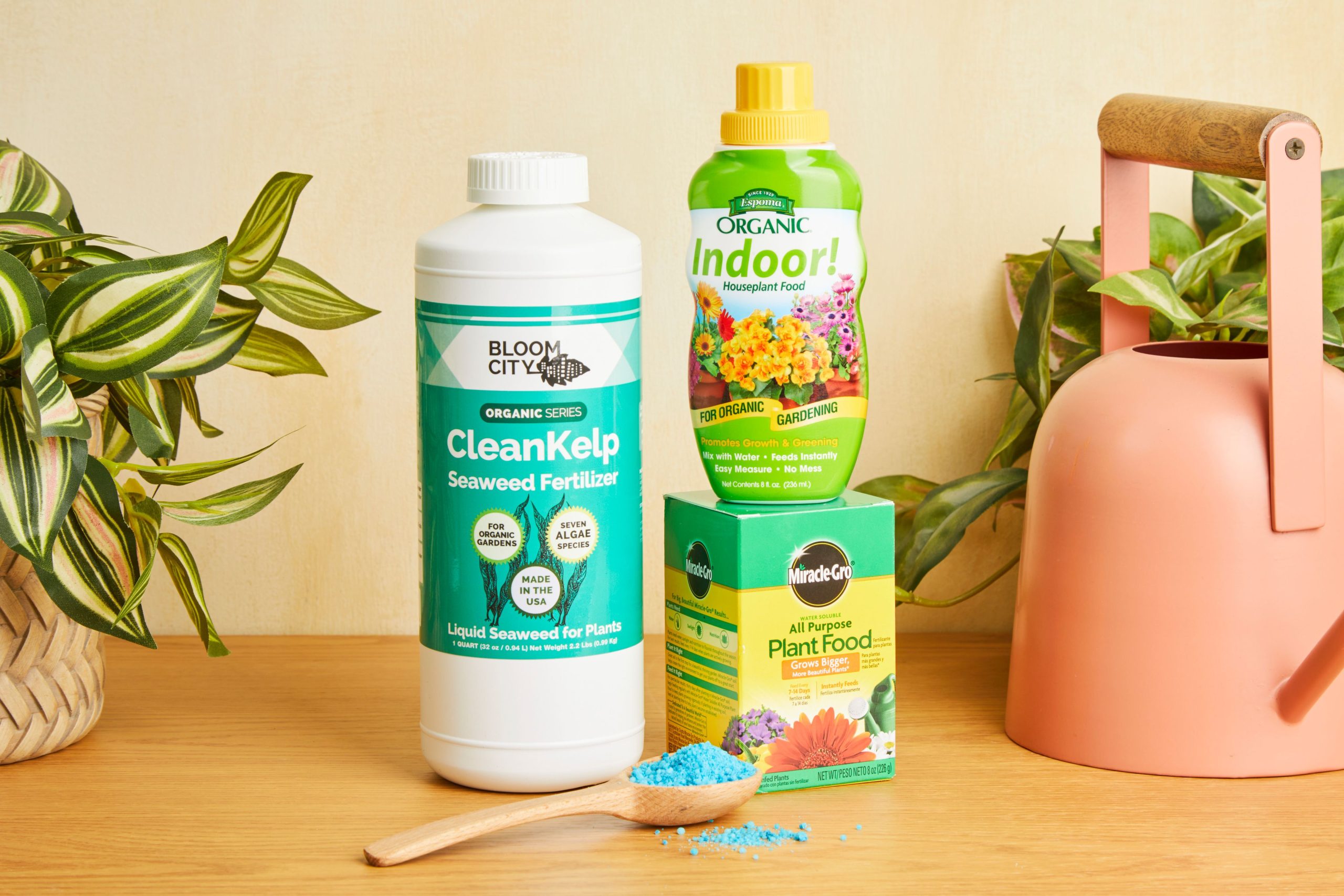
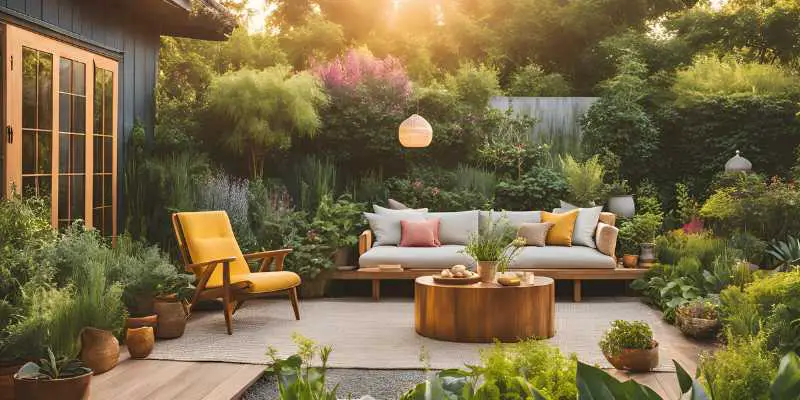
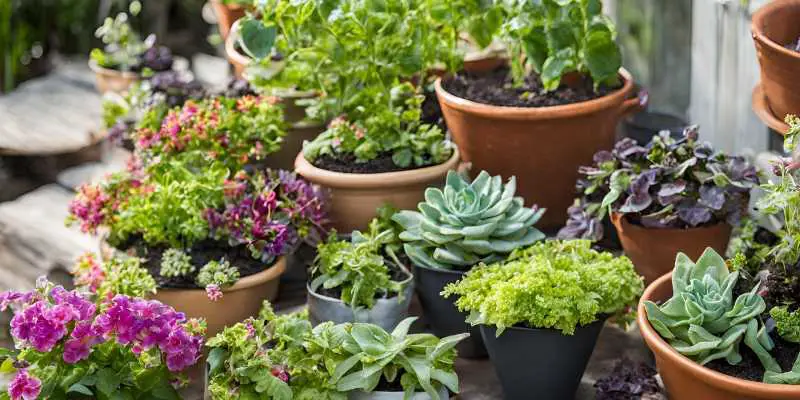
Leave a Reply